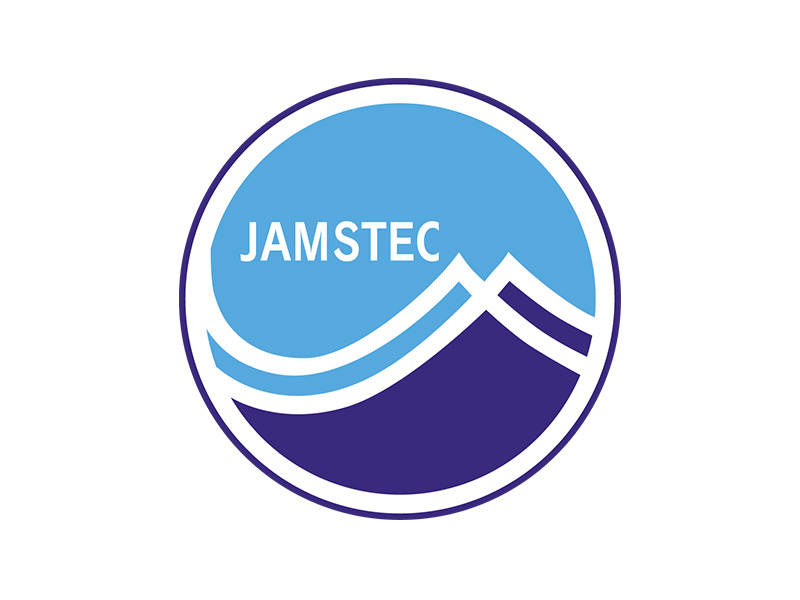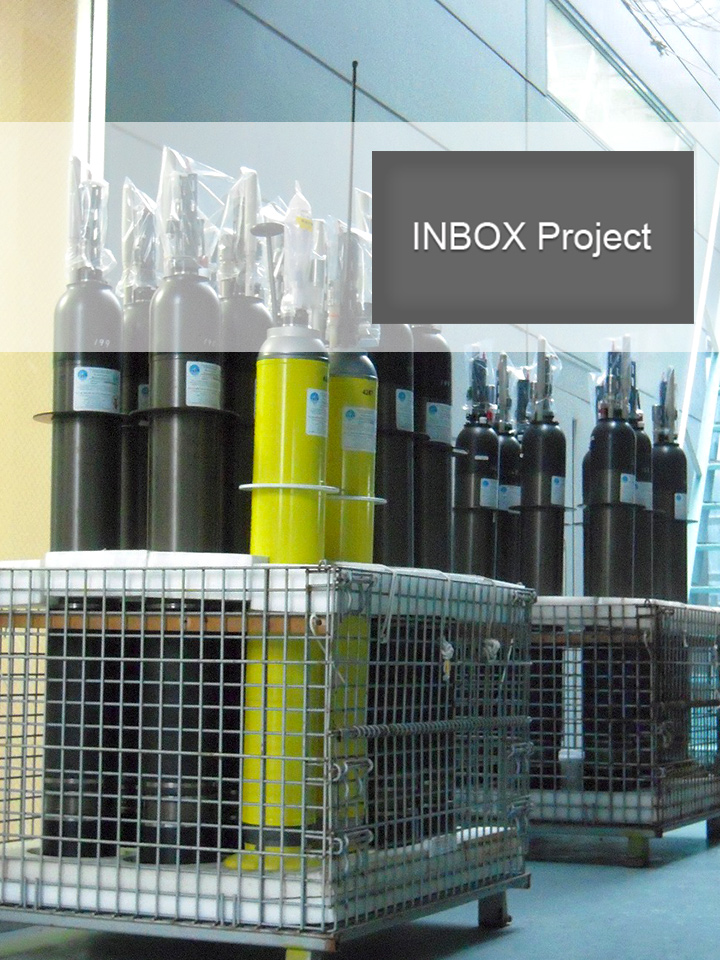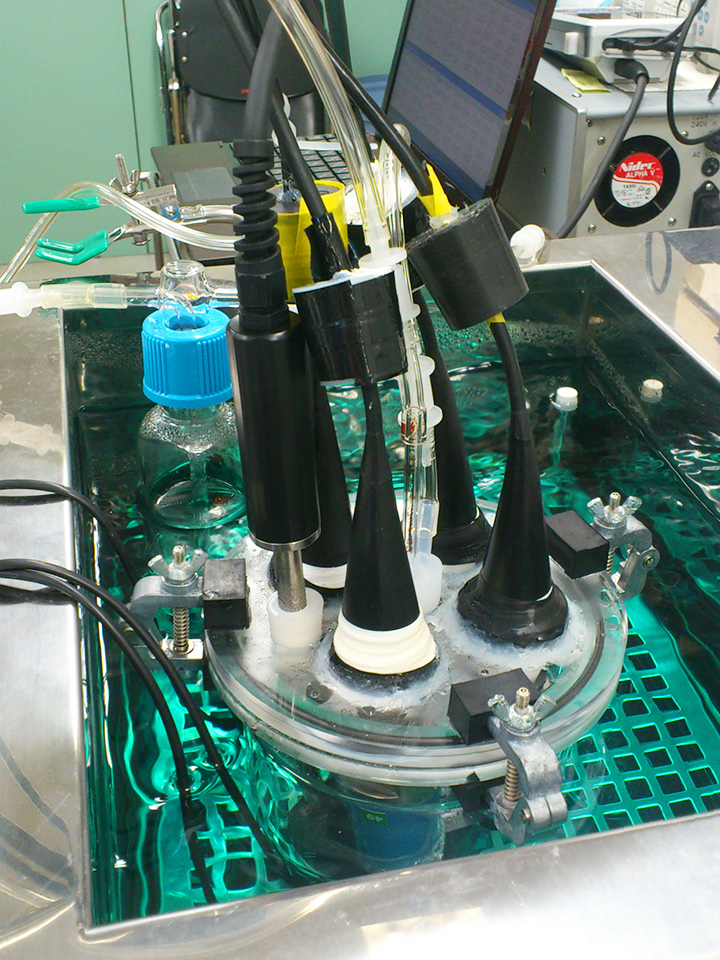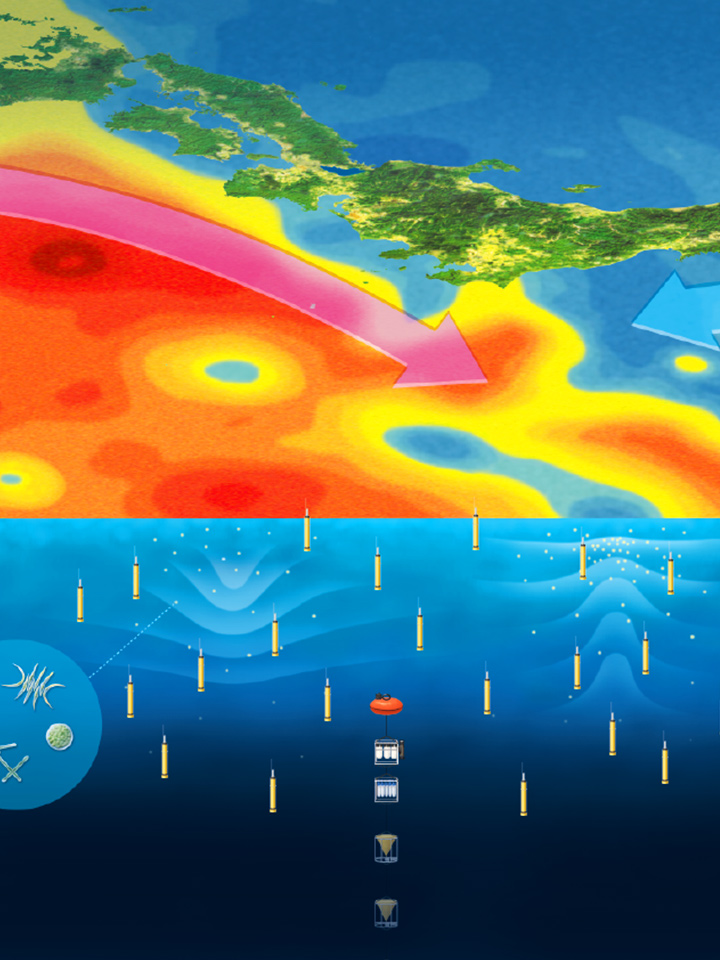Japan Agency for Marine-Earth Science and Technology
Although oceanic mesoscale and submesoscale disturbances play important roles in ocean ventilation, primary production, and other processes by transporting heat, salt, nutrients, and other materials across fronts and/or between surface and subsurface layers, our understanding of roles of these disturbances, particularly quantitative understanding, remains limited. One reason for our limited understanding of mesoscale and submesocale disturbances is difficulty in measuring relevant physical and biogeochemical data.
In 2011, JAMSTEC launched a cross-disciplinary initiative to acquire such data with temporal and spatial resolutions and durations sufficient to capture mesoscale phenomena in the western North Pacific and to facilitate active collaborations between physical and biogeochemical oceanographers: the "Western North Pacific Integrated Physical-Biogeochemical Ocean Observation Experiment (INBOX)". The principal goals of INBOX were to deploy autonomous platforms such as BGC Argo floats and a Seaglider to acquire physical-biogeochemical data that could be used to resolve mesoscale eddies, and to quantify impacts of physical processes on biogeochemical phenomena. Through a series of field experiments, INBOX also aimed to contribute to designing an effective, sustained, biogeochemical observing system.








